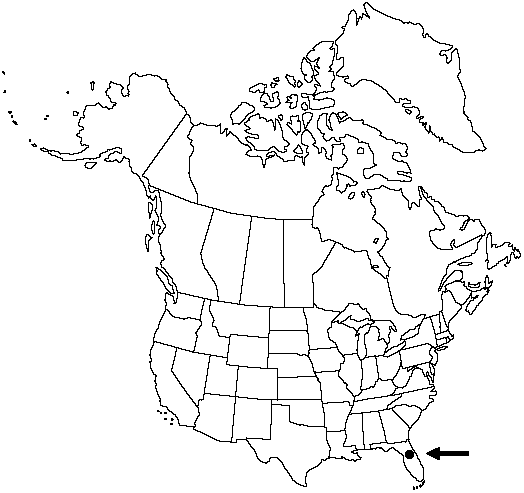Difference between revisions of "Marsilea ancylopoda"
Monatsber. Königl. Preuss. Akad. Wiss. Berlin 1863: 434. 1864.
FNA>Volume Importer |
imported>Volume Importer |
||
| (One intermediate revision by the same user not shown) | |||
| Line 42: | Line 42: | ||
|publication year=1864 | |publication year=1864 | ||
|special status= | |special status= | ||
| − | |source xml=https:// | + | |source xml=https://bitbucket.org/aafc-mbb/fna-data-curation/src/2e0870ddd59836b60bcf96646a41e87ea5a5943a/coarse_grained_fna_xml/V2/V2_27.xml |
|genus=Marsilea | |genus=Marsilea | ||
|species=Marsilea ancylopoda | |species=Marsilea ancylopoda | ||
Latest revision as of 20:22, 5 November 2020
Plants forming dense clones. Roots arising at nodes. Petioles 1–18 cm, sparsely pubescent. Pinnae 2–17 × 1–16 mm, sparsely pubescent to glabrous. Sporocarp stalks recurved or prostrate, unbranched, attached at base of petiole, often hooked near apex, 3–11 mm. Sporocarps perpendicular to strongly nodding, underground or below stem level (all other species have sporocarps above stem level), 4–6 × 2.5–5 mm, 2.1–3.2 mm thick, rectangular to round in lateral view, covered with pelt of shaggy hairs but eventually glabrate; raphe 0.8–1.4 mm, proximal tooth 0.2 mm or absent, distal tooth absent or a broad bump 0.1 mm. Sori 14–22.
Habitat: Borders of temporary ponds and ditches.
Distribution

Fla., Mexico, West Indies, Central America, South America.
Discussion
Marsilea ancylopoda is not currently known to be extant in the flora; it was known at least at the turn of the century from a single locality in peninsular Florida. Other collections from Florida are M. vestita, are of questionable identity or have not been seen by the author. The subterranean sporocarps of M. ancylopoda are unique among the New World species of the genus.
Selected References
None.